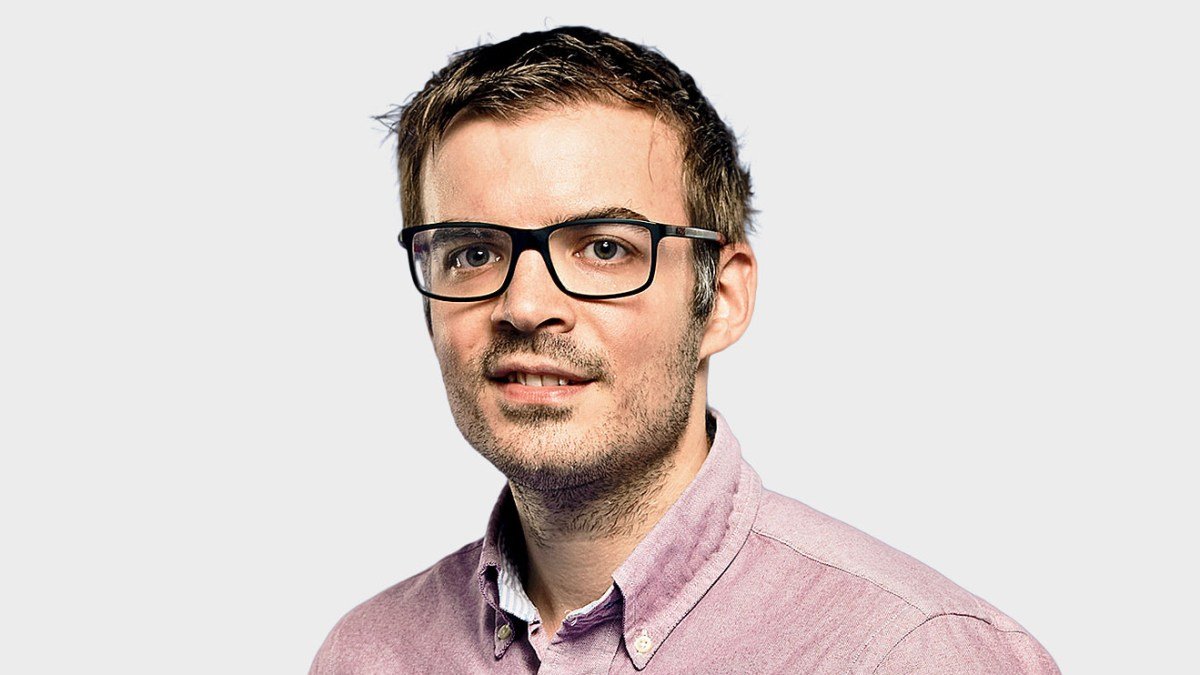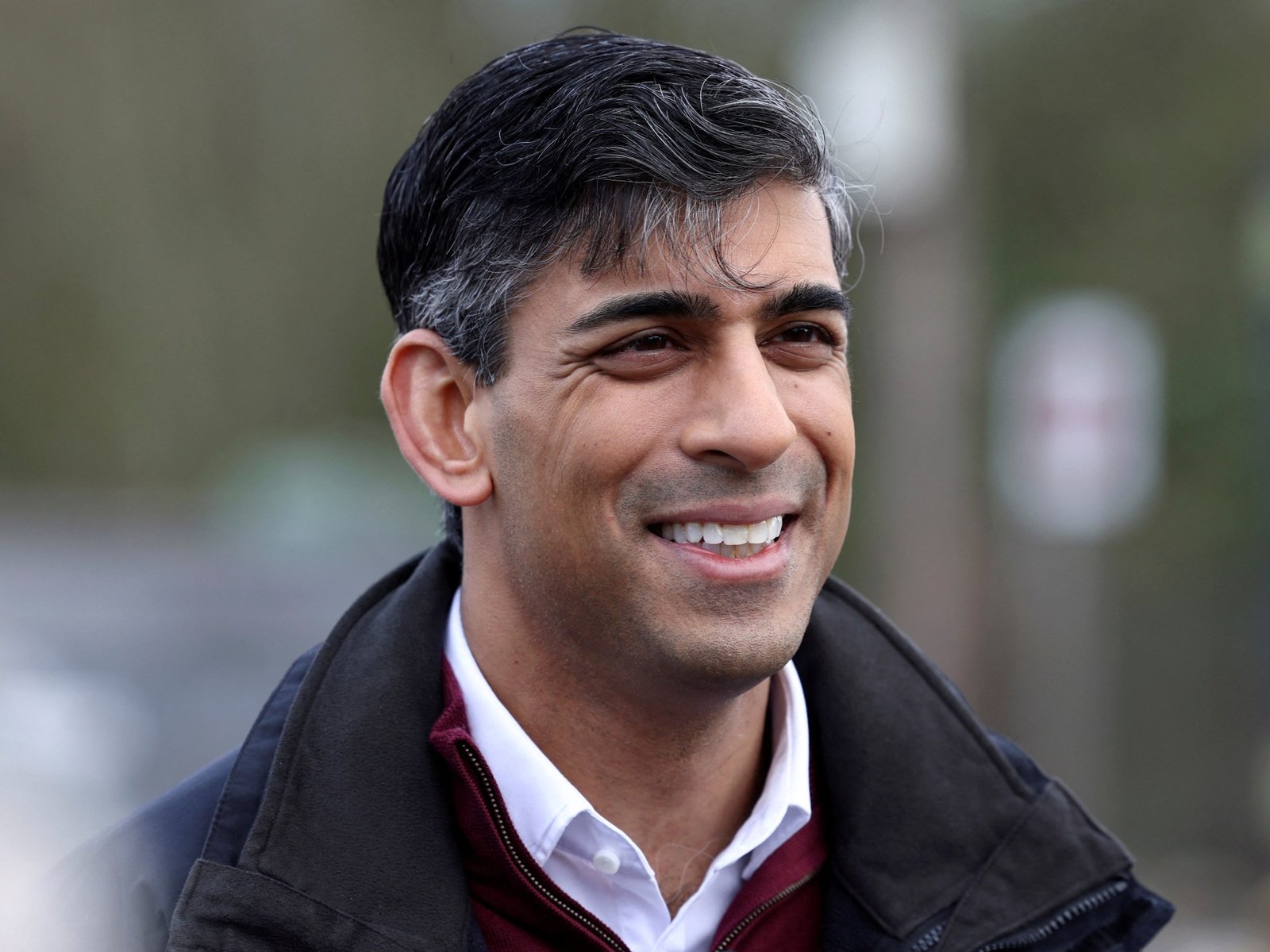The start of an investment journey is always fraught with potential dangers — and it’s important to learn from any mistakes that you make quickly if you want to improve your process and, hopefully, boost your retirement kitty.
This is my last column for The Times. As I prepare to take up a new role within the investment trust industry, I hope I’ll learn more about how the asset management world works and improve my knowledge of how to build a portfolio from the bottom up.
Still, I’ve come a long way in the three years since I started building my own portfolio of funds and investment trusts, first through a tax-efficient Isa wrapper, and later in my self-invested personal pension (Sipp).
Here are a few of the key lessons that I’m taking with me.
Drip-feed your cash
A lot of data lands in my inbox every day and I try to read as much as I can. The problem is that much of it is conflicting. Whether you should invest a lump sum or drip-feed it throughout the year is a case in point.
Some experts say that if you have a lump sum to lock up for a decade or more you should invest it as soon as possible, because time in the market is better than timing the market. Others argue that investing smaller, regular amounts is better because you buy more shares when prices are low and fewer when they are high, giving you a better deal over the long term.
Both strategies have their merits, but I personally favour the latter.
• Our best investment platforms for beginners
I received a modest inheritance when my dad died four years ago. My plan was to drip-feed the money into my investments through 2021 and 2022 just in case markets tumbled. I saw some data in March 2021 showing that if you had invested your full Isa allowance at the start of each tax year since 1999, you would have had about £430,000. Those who waited until the end of each tax year would have about £415,000, and if you had split your Isa allowance and invested it in monthly instalments you would have £320,000.
Spurred on by the data, I put the money to work as soon as I possibly could in the middle of 2021, only for the inevitable market plunge to arrive just months later. It left me sitting on some pretty big losses for a while.
When I consolidated three old workplace pensions at the start of 2023, I resolved to take my time. As it turns out, if I’d invested the lump sum, I’d have done much better — but I’m happy to go slowly for now to give me peace of mind.
Pick up bargains
The reason why my lump-sum investment in mid-2021 didn’t work was because I was buying when valuations were too high. Any negative news that surprised the market was always going to hit investor portfolios hard.
Stock markets have rallied since their October 2022 lows and valuations have risen again, although they don’t look quite as rich as they did three years ago. One reason I’m happy to keep drip-feeding my cash slowly into the market is because of those higher valuations.
Markets such as the US, on a forward price-to-earnings (PE) ratio of about 21, and India, at about 22, are getting pricey again.
The forward PE is a popular valuation metric that divides a company’s current share price by its expected earnings per share for next year. It can also be used to value stock markets. The lower the PE, the cheaper the stock or market.
I’m focusing my efforts on snapping up cheaper markets. The UK’s large-cap companies have a forward PE ratio of 11.6, while its small firms are on about 12.2. China’s are under 10, while both Japanese smaller companies and European firms are around 14.
Keep costs down
Maybe it’s the gambler in me, but I’ve never been one who thinks that everyone should invest only in a global index tracker. I have plenty of actively managed funds, mainly investment trusts, in my portfolios.
Still, I’m aware that fees are important, both in the investment platform that you choose as well as the funds you invest in. Stock market returns are unpredictable, so your annual charges are about the only thing you can actually control within your portfolio.
My Isa portfolio is the main culprit on this front: it’s exclusively made up of active funds, which tend to be more expensive than passive ones. My Sipp has lots of active funds, but I’ve carved out some space for passives too.
The higher the fee a fund charges, the better it needs to perform to generate a real return.
Part of my global equity exposure comes through the Vanguard FTSE Global All-Cap Index and the Vanguard LifeStrategy 100% Equity funds. The Vanguard Global Small-Cap fund and the Invesco S&P SmallCap 600 ETF give me exposure to smaller companies. These charge between 0.14 per cent and 0.3 per cent a year, much less than my active funds — the most expensive of which charges 1.45 per cent a year.
• Here’s why I am not backing the UK Isa
Remember why you invested
One thing I didn’t do when investing my Isa cash was keep a record of when and why I invested in certain funds. This left me with a bloated portfolio that probably doesn’t make much sense.
My pension portfolio has just as many investments, but I feel more confident about them because I have a record of my average purchase price, why I made the investments, what I hope to get out of them and whether it’s a long-term theme or a short-term, tactical investment.
Having these notes can help to give you confidence in your convictions if performance is taking a dip. I hope it will help me to keep track of the investments in my portfolio and assess whether they’ve been successful or not when it comes to re-balancing too.
I’ve been buying the Ninety One Global Environment fund and the Impax Environmental Markets investment trusts, for instance, because although the share prices of companies judged to be making a positive impact on the environment have fallen steeply, governments are intent on throwing a wall of cash to get to net zero quickly. I think this will benefit these funds over a long period of time.
Maybe I will keep this final column as a reminder of my reasoning in case their performance doesn’t pick up for a while yet.











